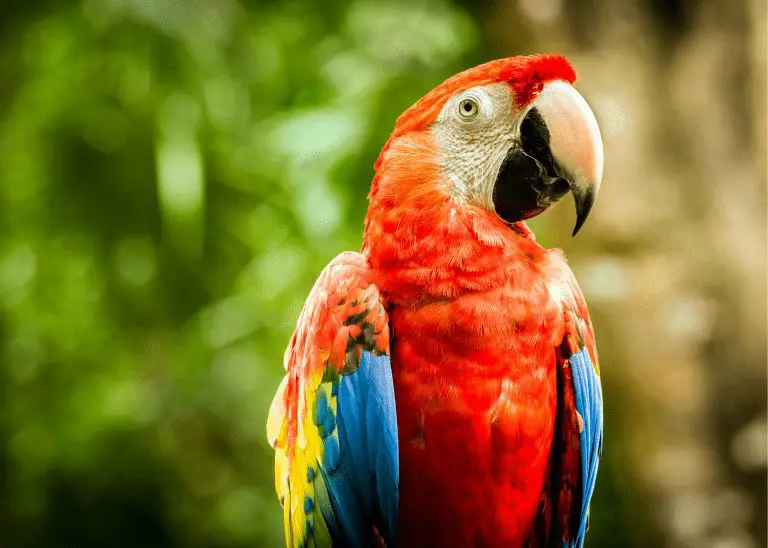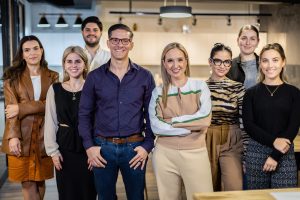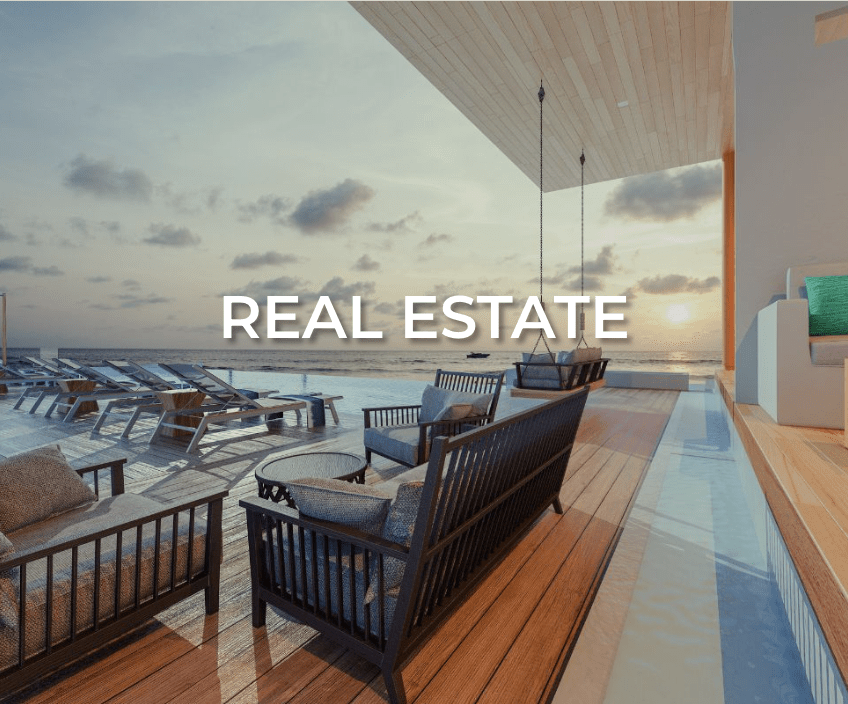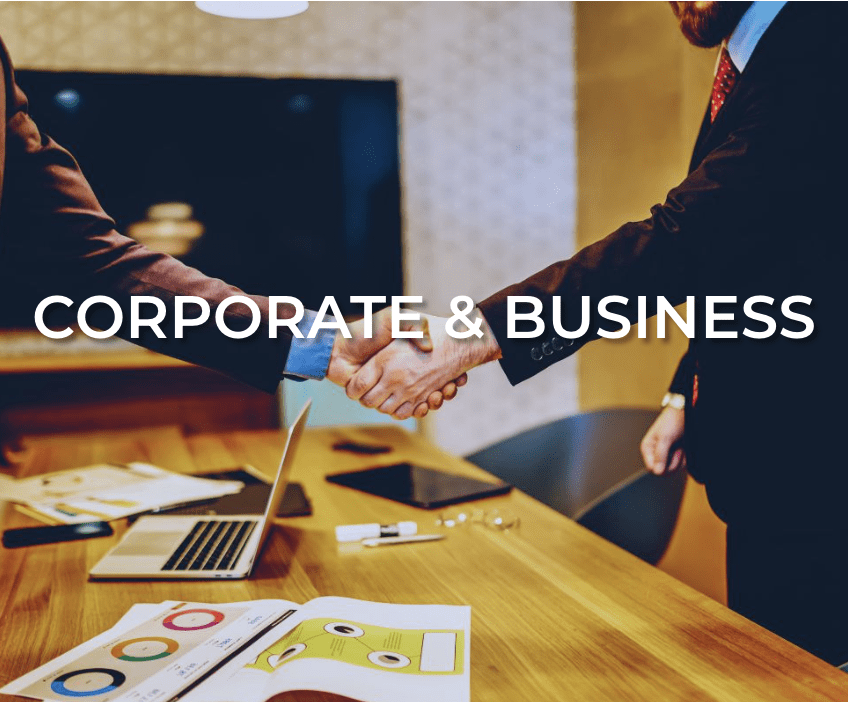

Scarlet Macaws Return To The Guanacaste
by Terry Carlile, Howlermag | June. 20, 2024 | Article, Costa Rica Lifestyle

In a flurry of crimson, blue and yellow feathers, seven scarlet macaws took flight into the green of the Costa Rican coastal forest, signaling the historic return of a species once vanquished from this area.
As part of an organized release in October 2019, the seven flew away from their opened enclosure and claimed perches in the branches of nearby tropical almond, guanacaste, and cenízaro trees. With loud squeals, squawks and squeaks, they announced to the jungle that they had arrived in their new home.
The release was coordinated by a group called Macaw Project Blue Zones and ASOPROLAPA (translated from Spanish as Association for the Conservation of the Scarlet Macaw.) The organization’s mission is to repopulate the coastal forests of Costa Rica’s Nicoya Peninsula with this magnificent bird. Young macaws raised in captivity are released into the wild after years of training. The tropical dry forest around Pinilla and Playa Avellanas is the latest geographical target.
With loud squeals, squawks and squeaks,
they announced to the jungle that they had arrived
in their new home.

Reasons for optimism
The hope is that bringing back scarlet macaws — a species that called this area home for centuries — will have a positive effect on the environment. It is also hoped that populating the forests with these strikingly beautiful birds will have an impact on the economy, much like sloths and toucans have already promoted Costa Rica’s tourism brand around the world. The scarlet macaw is one of the world’s favorite tropical birds. Its stunning plumage, extremely long tail and great intelligence make it a popular bird for tourists, birdwatchers and unfortunately, poachers.
Poaching is one factor leading to the birds’ demise throughout Costa Rica by the 1960s. Scarlet macaws had become coveted as caged, prized status symbols in European homes, inducing poachers to pilfer Costa Rica nests for macaw eggs and chicks until there were none left to poach.
Deforestation was another detrimental factor during the same time period. Costa Rica had stripped vast jungle and forest landscapes to make way for sugar cane, rice and coffee plantations and livestock pastures. The scarlet macaw, which depends on forests for nesting and food, had run out of space.
Conservation commitments
Fly forward to 2019, when Costa Rica has committed to a wide range of environmental conservation measures. By any standard, it’s a progressive green agenda that includes fighting climate change (as the first country announcing a ban on fossil fuels by 2050) and further increasing biodiversity. It has also seen the return of the forests and jungle mowed down decades ago.
A return of the forests that the scarlet macaw once called home means it is now time they return. No one was more excited about the release of the seven macaws in Guanacaste than Ismael Carranza, a tropical biologist involved with the project since it began two years ago.
With a grin, Ismael describes his feelings in the moments after the release. “Excited. Nervous. Hopeful. Everything!”
Ismael is the English-speaking spokesperson for the macaw program. He gives presentations in communities and schools in the area, educating adults and children alike about the program and macaws in general. His current excitement is tempered by anticipation of the challenges ahead.
“We need the public’s help,” says Ismael, explaining that the macaws are released with bands on their talons (which many birds bite off with their powerful beaks) and are injected with microchips.
However, he adds, eyes on the ground can be the most helpful tool to track where the birds are and when.
“We need the reports to create a map, to see how far they are moving and what trees they are using the most.”
The public also can help with nests. Macaws usually nest in tree cavities, where they lay one or two eggs and nurse the chicks until they can fly on their own. However, a low reproduction rate and vulnerability to predators make repopulation a challenge. So the program has designed a special artificial nest made of durable recycled plastic (macaws will eat wooden ones) that offers protection but feels natural. But the nests don’t come cheap, costing about $125 each, and the program can’t afford to buy all that are required. Contributions from individuals and businesses are needed to purchase and erect the nests on private property.

Visitor attraction
“We would love to see macaws in the trees around Playa Avellanas,” says Oksana St. John at the Drift Away Eco-Lodge. “Our guests love watching wildlife in their natural environment, and the fact that these birds once lived here makes this an exciting project for everyone.”
As the newest sustainable hotel in the area, Drift Away Eco-Lodge sees the value in purchasing a nest so that one day photographers and other tourists will flock to the area to get a glimpse of the scarlet feathers.
Carranza also hopes that education will motivate people to plant more trees that macaws like, such as tropical almonds. A macaw is one of the only species that can break open and eat the fruit of the tropical almond tree. You and I would need a hammer!
As the macaw reintroduction program becomes better known, there is the reality that poachers — much like they did 50 years ago — will again ransack nests for eggs and chicks. People are encouraged to report poaching incidents in the area to the police.
Last year’s release of seven macaws in the Pinilla-Playa Avellanas area is only the start. In turn, Ismael says, another flock of young macaws are taking refuge in the giant Pinilla forest enclosure for release thereafter.
With success already in other parts of the country, ASOPROLAPA hopes to have 300 to 400 more macaws in the Costa Rican forests later in 2020. Ultimately, researchers will know whether these birds will reproduce successfully in the wild and naturally take their rightful, colourful place in one of the planet’s most biodiverse ecosystems.
Facts About This Parrot Family Member
The scarlet macaw parrot species shares Costa Rica with its cousin the great green macaw.
With a habitat range extending from southeastern Mexico to the Amazon River basin, scarlet macaws are locally extinct in many areas in between.
Measuring around 81 centimeters (32 inches) long, scarlet macaws boast a tail that takes up half of their total length.
Powerful jaws and beak enable them to eat fruits and nuts that no other species can access.
The bird call is a throaty squawk, squeak or scream audible for miles.
Lifespan in the wild is from 40 to 50 years, but in captivity scarlet macaws can live between 75 and 90 years.
Despite the nearly total disappearance of scarlet macaws from Costa Rica through poaching and habitat loss in the late 20th century, their populations in other parts of Central and South America are quite strong. In fact, the scarlet macaw is not on any international endangered species list.
Disclaimer: The information provided in this blog post is for general informational purposes only and is not intended to constitute legal advice. While we strive to ensure the accuracy and timeliness of the content, laws and regulations are subject to change. For the most accurate and up-to-date information, please contact our office directly. Some images may be AI generated.
Get To Know Quatro Legal

We’re bringing empathy and excellence back to legal counseling. Quatro Legal is built on a bedrock of kindness, a passion for service, and a commitment to guiding you through your legal challenges with ease.
OUR SERVICES
EXPLORE BY
category
REAL
ESTATE
CORPORATE
COSTA RICA
LIFESTYLE
LABOR & EMPLOYMENT
CLIENT
TESTIMONIALS
FREE TRADE
REGIME
All Rights Reserved 2023 | Privacy












